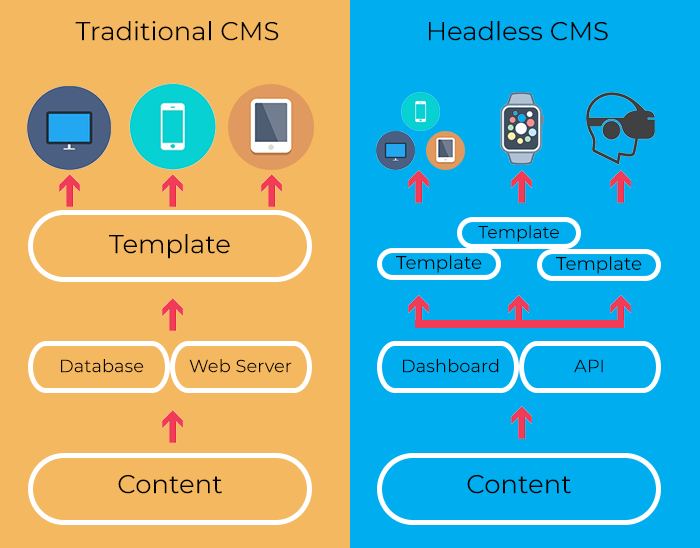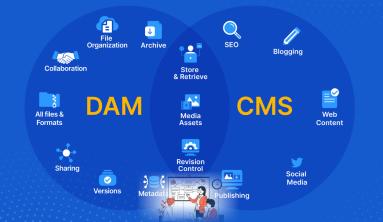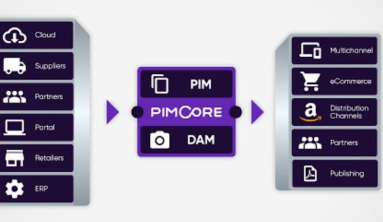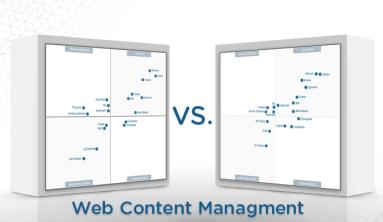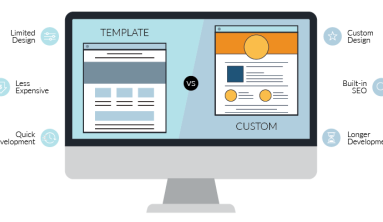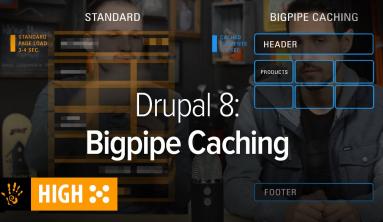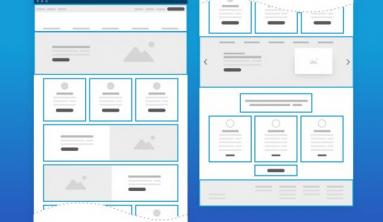Content has the power to position your brand as a beacon of influence in your industry, not only through its ability to educate and empower your customers but also through its ability to entertain them and make them feel like part of a family. To drive such a personal conversation you need to make sure that you can deliver the right content from your content pool to your audience in the right time.
It is proven time over time that it is not effective to create highly customized niche content for your different segments. The name of the game is high quality content that can be reused for multiple segments at the right time for an effective nurture stream.

More than 70% of digital businesses are continuing to invest in personalized content for their audiences with big corporations like Sephora, Coca-Cola, and more leading the way.
To execute on your personalization strategy you have to utilize your data, services, content and martech tools effectively. The key to orchestrate all of this without headaches is an open CMS platform. Without it is impossible to foster insights and drive results.

Going Headless Over Traditional
Personalization without a CMS is near impossible, but with a dated CMS, personalization can still be tricky if it comes to effective omnichannel delivery.
Traditional CMS platforms were constructed to deal with one content channel, the website.
It’s possible to create multiple versions of the same website, but it will become clunky and hard to manage for both developers and marketers.
If you want to create another channel, even if it’s just one other channel like mobile, you may still need another CMS platform to get it done.
Legacy CMS platforms lack the personalization capabilities to connect with other systems seamlessly and lead to more headache. Instead, the better option is going with an open headless CMS to lead the charge.

Going Headless To Improve Omnichannel Experiences
Omnichannel is a concept that finds itself at the heart of any personalization strategy.
A headless CMS platform gives you the flexibility to manage omnichannel experiences and connect with several different devices to deliver content.
That’s because a true omnichannel strategy lets customers choose the channel where they want to interact with a brand, and then allows them to get the same high-quality experience when they interact with the brand on another channel.
Most customers expect this level of personalization for every brand interaction. It’s why up to 90% of them willingly share their data with brands, as long as the brand is using this data to provide them with relevant content at the right time - the type of content that makes their experience better.
But a headless CMS can’t complete the personalization job until it works for those that are creating the content.

Keep Marketers In The Loop
The problem with pure headless CMS platforms is that while they make it easy for developers to connect to multiple devices and deliver content across various channels, they forget the marketers who create the content.
Headless CMS platforms were initially made with the developers in mind and are set up to work with developer workflows and make their jobs easier.
But for marketers, the process is still difficult.
Often, marketers need to continually interrupt developers to make simple changes to the content they just created. Having to do this for five, six or more channels and things can get hectic.
Personalization campaigns which should have been rolled out after a few weeks are now taking much more time.
Also the lack of proper preview and layouting capabilities can quickly become a major blocker on day to day operations.
How can you fix this?
Enter a hybrid headless CMS.
A hybrid headless CMS puts the power back in the hands of the marketers. It equips them with the same tools for content authoring and making changes that they enjoyed with legacy CMSs.
Now, these features are available to help them create personalized content for every stage and every device within the customer journey.
Curating content for an omnichannel experience is challenging all on its own. Marketers don’t need to be further hampered by technology that doesn’t let them personalize customer experiences easily.
With a headless CMS, making each customer feel like you understand them won’t just happen when they open a product website.
They’re able to have the same experience when they choose to visit on desktop, mobile or any other smart device.
Leverage the Power of Data with TIGO Solutions
To do a personalization strategy right, brands need access to customer data. But this data alone won’t lead to personalization unless it’s properly connected to your CMS.
TIGO’s hybrid headless CMS leverages the power of data to help you create personalized experiences.
With TIGO-CMS, you’re able to track user behavior across several touchpoints. Once the data is in your possession, you can create segments and define customer personas, helping to personalize experiences based on specific user profiles.
When using any CMS, your workflow and the ability to switch between tools easily is essential.
TIGO CMS not only lets you do this, but it also provides an integrated user interface which allows you to view metrics in context, quickly turning the data at your disposal into insights.
Are you missing a particular tool?
There are several connector packs available to extend the flexibility of your CMS.
Personalization allows brands to increase brand loyalty, turning customers into brand advocates by improving their overall experience.
The cost-saving lean solutions, TIGO Solutions did just that by creating a digital experience that was found in-store and online.
They allowed customers to access product information while in-store and compare it to online prices. They could also update their digital profiles in-store, creating a unified experience that had a tremendous impact.
Learn more: What is a Headless CMS? And How is a Hybrid Headless CMS Different?
